Peacocks (peafowls) need plant and animal matter in their diet, no doubt. But then, as with humans, having extra vegetables in their diet can make them even healthier.
For sure, you want the best for your peafowls. But you’ve been trying to come up with a list of vegetables they can eat, and you’ve been unable to whip up something concrete. Not to worry, we have the information you need.
Below, we talk about ten vegetables peacocks can eat. For each vegetable, we go over the health benefits, nutrients offered, and more.
Table of Contents
1. Beets
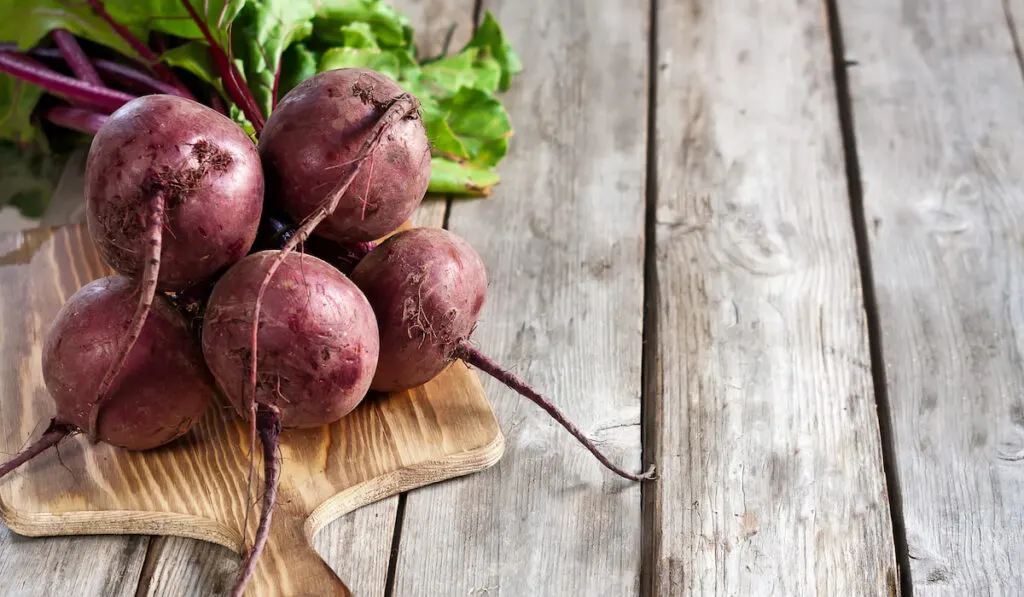
Peafowls can eat beets, whether raw, cooked, or roasted. As long as the cooking does not involve unsuitable ingredients, cooked beets are OK for peafowls.
Raw beets have an earthy taste with a slightly sweet and floral scent. But if you want your peafowls to enjoy even more flavor from the beets, roast them.
You could let your peafowls have a go at a whole beetroot. Alternatively, you could dice the beets before offering them to your birds.
Beets are a healthy source of antioxidants. So, they might help improve your birds’ reproductive performance and response to stress.
Beets also contain folate, copper, vitamin B6, and manganese. While folate can promote overall growth and development, copper and vitamin B6 can help with nerve function, and manganese can act on metabolism.
2. Broccoli
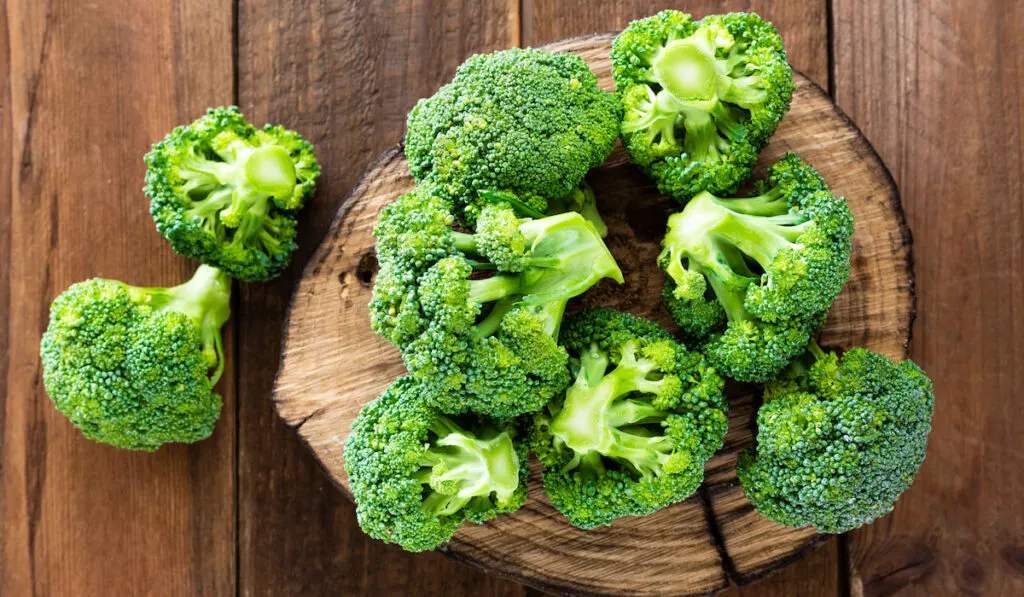
Peafowls can eat broccoli raw or cooked. However, if you intend to cook broccoli for your peafowls, do not add ingredients peafowls should not eat.
When raw, broccoli is crunchy, with an earthy, bittersweet flavor. But if you cook it long enough, you make it tender.
The crunchiness and mild flavor are a few reasons why broccoli is ideal for peacocks. But apart from that, the nutrients and health benefits are pretty impressive.
Broccoli offers minimal calories. However, its fiber and water content will make your bird’s digestive system jump for joy.
Besides dietary fiber and water, broccoli offers vitamin K, manganese, potassium, and iron – all of which have various positive effects on peafowls.
3. Cabbage
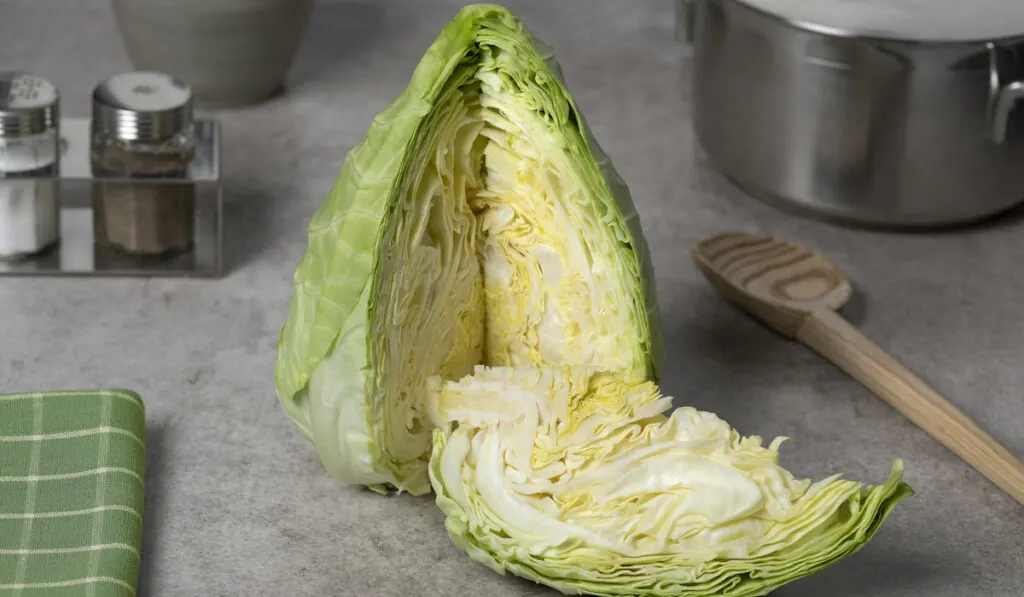
Give your peafowls raw cabbage, and they’ll get to enjoy a crunchy snack with a mild, peppery flavor. Give them cooked cabbage, and the snack becomes sweeter and softer. Either way, your birds are in for a treat when you give them cabbage.
Cabbage is highly nutritious, so it is more than just a delicacy for the taste buds. As you would expect of most vegetables, it has a decent dietary fiber content. So, it can improve your birds’ digestion.
Beyond its effects on digestion, cabbage provides vitamin K, vitamin B6, folate, magnesium, manganese, calcium, and potassium to peafowls.
4. Carrots
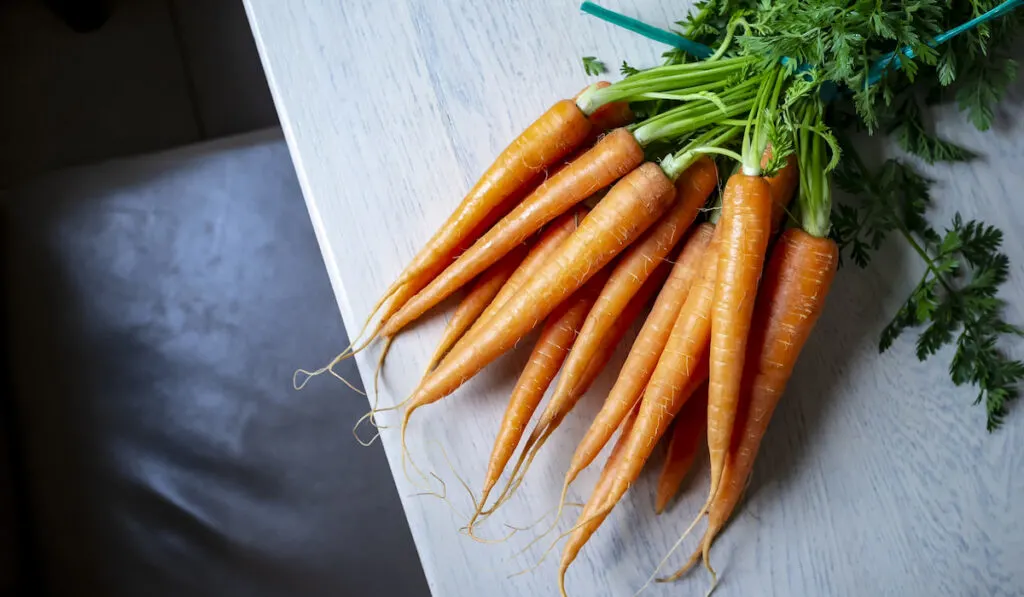
Raw, roasted, or cooked, you can almost say that your peacocks will surely eat all the carrots you give them. Snacks so crunchy and sweet are hard to resist.
You may give your peacocks whole carrot tops, or you may chop the carrots into bite sizes to make things easier for them.
If you give your peacocks limited but regular carrot treats, their feathers might just benefit from it. Carrots are one of the vegetables with the highest amount of vitamin A. So, it adds up that they can do a lot to improve your birds’ feathers.
Besides vitamin A, carrots offer dietary fiber, calcium, vitamin K, iron, and calcium. Then again, carrots have a water content of around 85% to 95%, making them the perfect treats for hot days.
5. Cauliflower
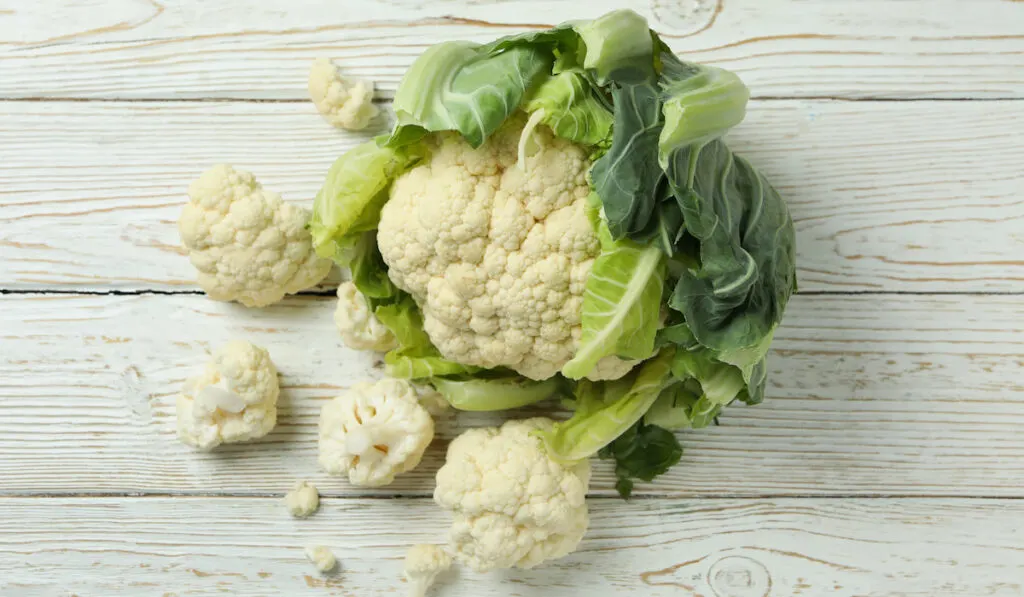
Cauliflower has a crusty texture, a mild nutty flavor, and a hint of bitterness. These characteristics make it just perfect as a snack for your peafowls.
Cauliflower comes with various vitamins, which can be beneficial to peafowls. It has some vitamin B5, which can help improve metabolism. It also has vitamin B6 and manganese, which promote nerve function.
Besides those three, cauliflower offers calcium, fiber, vitamin K, folate, potassium, phosphorus, and magnesium. It also contains vitamin C, but an external vitamin C supplement might not be necessary for peafowls.
6. Celery
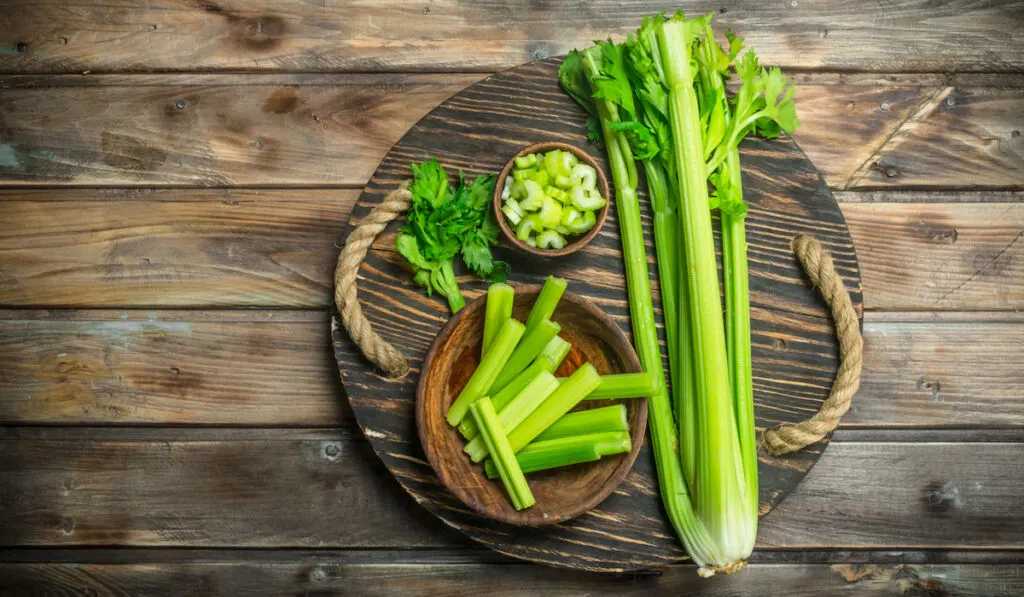
Celery is crispy, nutty, fibrous, and juicy – these are some of the best adjectives for any treats you should give your peacocks.
Besides having some of the best physical features for vegetables that peafowls can eat, celery is healthy. It is low in calories and high in fiber.
So, your birds’ gut will get a lot of good from celery.
Celery also boasts a decent amount of antioxidants. Then it also contains folate, which helps with overall development, and vitamin A, which promotes healthy feather growth.
Celery has a very high water content – around 95%. So, if you ever wondered what vegetable to give your peacocks when they need some water, here is one!
7. Kale
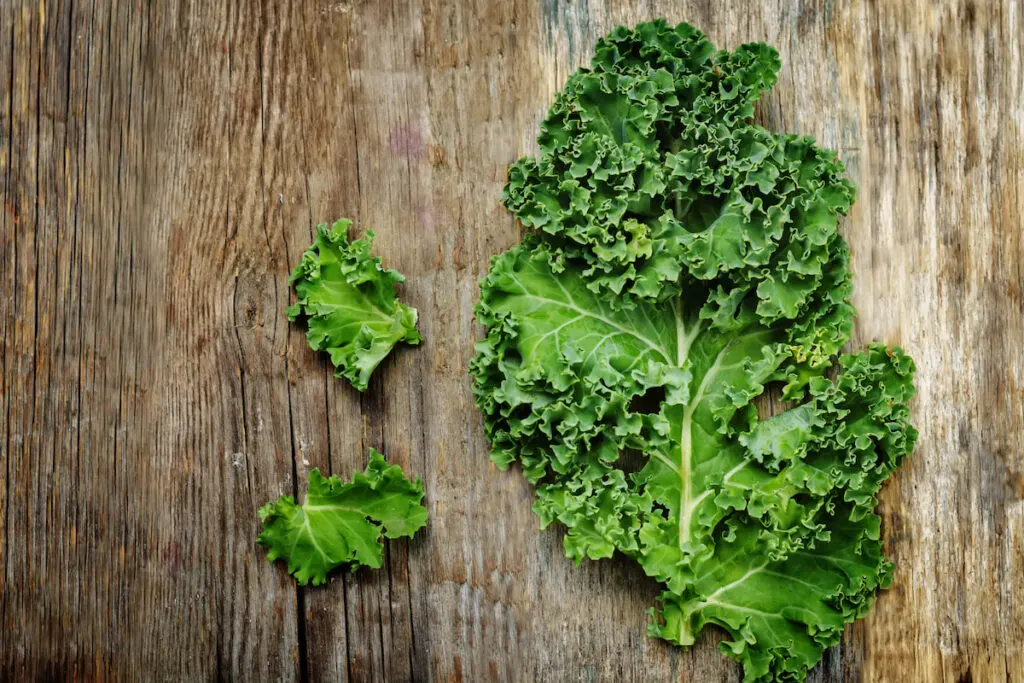
Kale leaves are highly nutritious. So, if you add them to your peafowls’ vegetable list, you will be making a difference in their health for sure.
While there’s barely any fat in kale leaves, your birds will get a decent amount of dietary fiber. Apart from that, kale leaves offer a lot of vitamin A, vitamin K, manganese, vitamin B6, and copper.
With all of these, kale might just improve your peacocks’ metabolism and nerve functions. Then because of the vitamin A, your peacocks’ eyesight, feathers, and skin might become even more stunning.
8. Lettuce
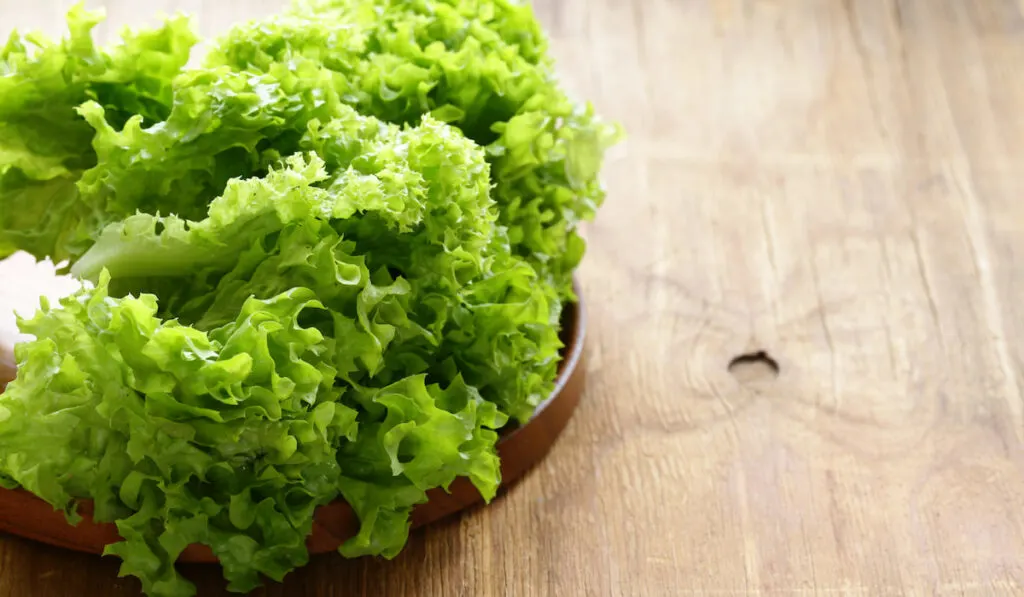
There are various types of lettuce you can feed your peafowls. While each type differs a bit, they all have high water content. This makes them ideal if you are trying to increase your birds’ water intake.
Besides helping with water intake, lettuce has a wholesome flavor that peafowls love. It is crispy and soft, with a mildly bittersweet taste. So, if you ever need a vegetable treat to reward your birds, try lettuce.
All types of lettuce have a high vitamin A content. So, they can promote feather health in your peafowls. If you really want a lot of vitamin A from lettuce, romaine lettuce and red leaf lettuce have more of it than other lettuce types.
Lettuce also offers dietary fiber, calcium, magnesium, potassium, iron, and vitamin B6. It is chock-full of vitamin C, but this may not be essential to peacocks since most birds produce their own vitamin C.
9. Radish
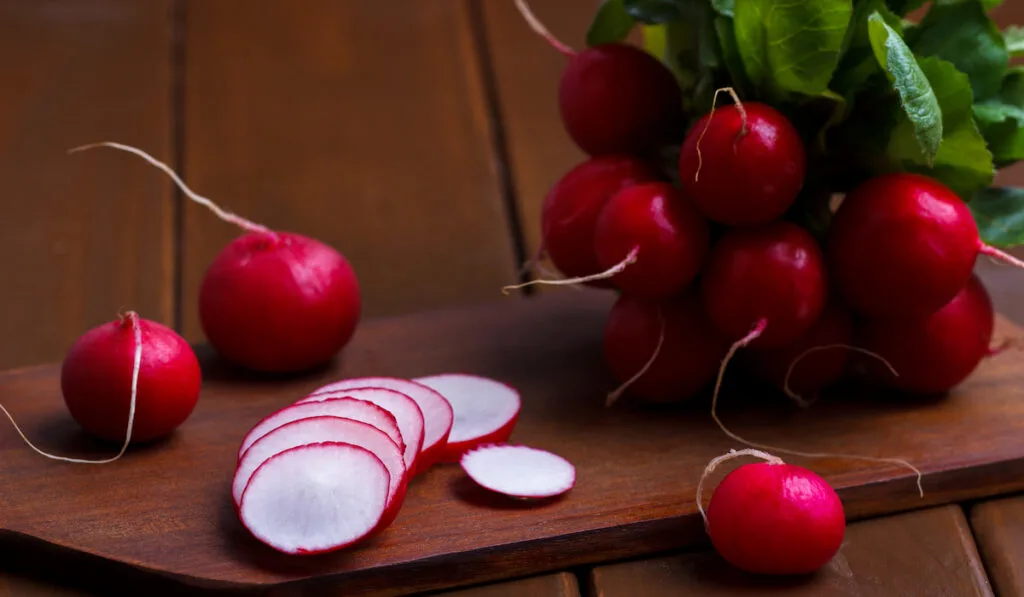
Radishes are generally crispy and mildly peppery when raw. But depending on the radish type, the overall flavor might vary. Nonetheless, peafowls can eat radishes, and they will enjoy them too.
You can serve radishes to your peafowls whole or chopped. You may present them raw or roast them without any ingredients.
Radishes will become flavorful and possibly more enjoyable for your peafowls if you roast them. However, there will be significant water loss. So, if water intake through the vegetable is vital to your birds, serve the radishes raw.
Radishes offer dietary fiber, B vitamins, calcium, potassium, iron, and manganese to your peafowls. They also contain some antioxidants. So, you can expect them to promote healthy function in the various organ systems of your peafowls.
10. Spinach
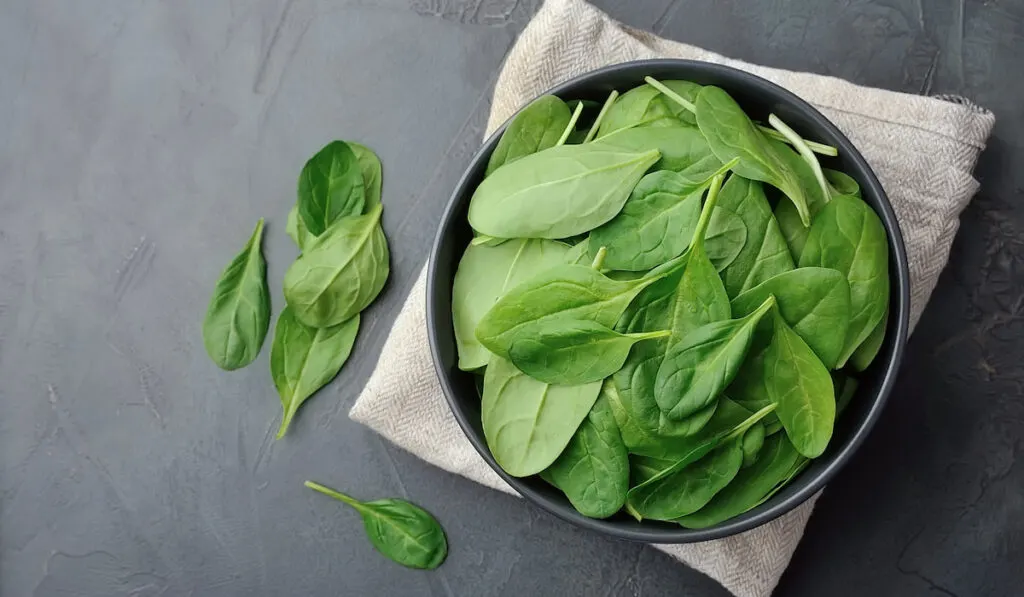
Whether it is smooth-leaf, savoy, or baby spinach, peafowls can eat any type of spinach. You can offer spinach to your birds raw or cooked; you can even give them a mixture of both to spice things up.
Spinach is perhaps the best source of vitamin A among vegetables. So, giving spinach to your peacocks is one of the best things you can do for their feathers and eyesight.
Besides vitamin A, spinach offers calcium, iron, folate, vitamin K, and dietary fiber. So, it can help your birds’ digestive system, bone health, hemostasis, and general development.
Resources
- https://modernfarmertips.com/what-do-peacocks-eat/
- https://farmingmethod.com/what-do-peacocks-eat-drinks/
- https://farmhouseguide.com/fruits-and-vegetables-for-peacocks/
- https://farmhouseguide.com/fruits-and-vegetables-for-peacocks
- https://www.biotecharticles.com/Healthcare-Article/Role-of-Antioxidants-in-Poultry-4427.html
- https://www.healthline.com/nutrition/benefits-of-beets
- https://www.healthline.com/nutrition/10-proven-benefits-of-kale
- https://ww.thespruceeats.com/broccoli-storage-and-selection-1807744#
- https://www.healthline.com/nutrition/foods/broccoli
- https://www.thespruceeats.com/varieties-of-cabbage-1808038
- https://www.healthline.com/nutrition/benefits-of-cabbage
- https://www.webmd.com/diet/health-benefits-carrots
- https://www.healthline.com/nutrition/foods/carrots
- https://www.healthline.com/nutrition/benefits-of-cauliflower
- https://www.webmd.com/diet/health-benefits-celery
- https://www.webmd.com/diet/health-benefits-lettuce
- https://www.webmd.com/diet/health-benefits-radish
- https://www.sweetwater-organic.org/veggies/spinach
- https://www.healthline.com/nutrition/foods/spinach
